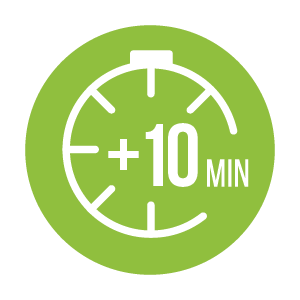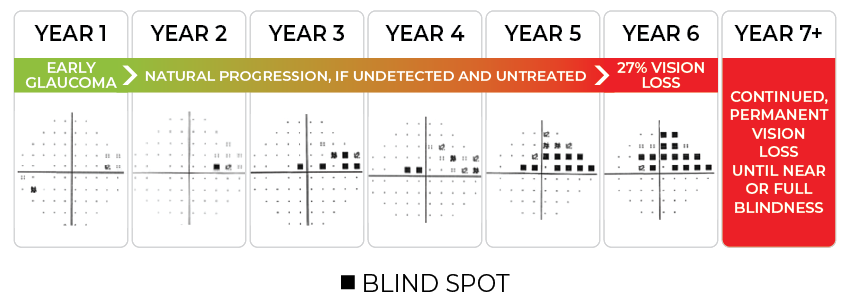Visual Examples Below
Good

Routine eye exam 1
A routine eye exam measures your visual acuity to determine if you need glasses to improve your vision 1. Patients with vision correction needs will receive a prescription for glasses during their exam. Routine eye exams are recommended annually for all patients with vision correction needs – including children.
Routine eye exams are comprehensive and they are important for overall ocular health. We check your cornea, pupils, iris, pressures, and much more!
1 Additional charges apply for Contact Lens exams
Better


Routine eye exam 1

Retinal images 2
+$35
Optomap® retinal images help detect conditions and diseases that often start with no symptoms or warning and that could lead to permanent blindness if untreated2. This fast and non-invasive process also reduces (or eliminates) the need for dilation. It is highly recommended for:
- All patients, every year
- Any change in vision
- Family history of eye disease
- Family history of diabetes, cancer, and/or cardiovascular disease
2 Helps identify diabetes, glaucoma, age-related macular degeneration, cancer, retinal tears, and cardiovascular issues
Best!

+$50!

Routine eye exam 1

Retinal images 2

Visual Field Test 3
+$60
Visual Field tests help detect central and peripheral vision dysfunction and can also diagnose glaucoma and other conditions affecting the retina, optic nerve, and brain 3.
It is highly recommended if any of these apply:
- Any change in vision
- Family history of eye disease
- Over 40 years of age
- High strength prescription
- Unknown last Visual Field test (or never)
3 Helps detect glaucoma, stroke, pituitary disease, brain tumors, neurologic disease, and other illnesses with eye findings
Retinal Images

Highly recommended for all patients, including children, every year.

Captures 200o ultra-wide images of the back of your eye where potential threatening diseases could be hiding and developing.

Can detect conditions and diseases with no symptoms or warning but could lead to permanent blindness if untreated2.

Fast, easy, non-invasive, painless, and bypasses dilation.

Adds permanent images to your medical records, allowing us to track changes over time, share images with ophthalmologists, and more!

Results are immediate and will be shared with you during your appt.
WHAT YOUR DOCTOR SEES
With Retinal Images
82% of your retina
Images saved to medical record;
can be shared with other doctors
Without
Only 15% of your retina
No records
to save or share
Visual Field Test

Highly recommended every other year until age 40, then every year thereafter.

Determines if you have blind spots and where those blind spots are.

Can catch early signs of eye diseases that have gone unnoticed and undetected, but can gradually cause permanent loss of vision3.

It’s painless and it’s fun – like a video game!

Adds test results to your medical records, allowing us to track changes over time, share data with ophthalmologists, and more!

Results are immediate and will be shared with you during your appt.
Progression of blind spots and vision loss, over 6 years4 (below).
These changes in vision are so slow and so gradual that most patients don’t even notice – which is why a Visual Field test is so important.
Don’t leave a lifetime of good vision to chance or luck. Get a Visual Field test every other year until age 40, then every year thereafter.

4 Sample patient data from Glaucoma study;
https://www.sciencedirect.com/science/article/pii/S0039625720300709